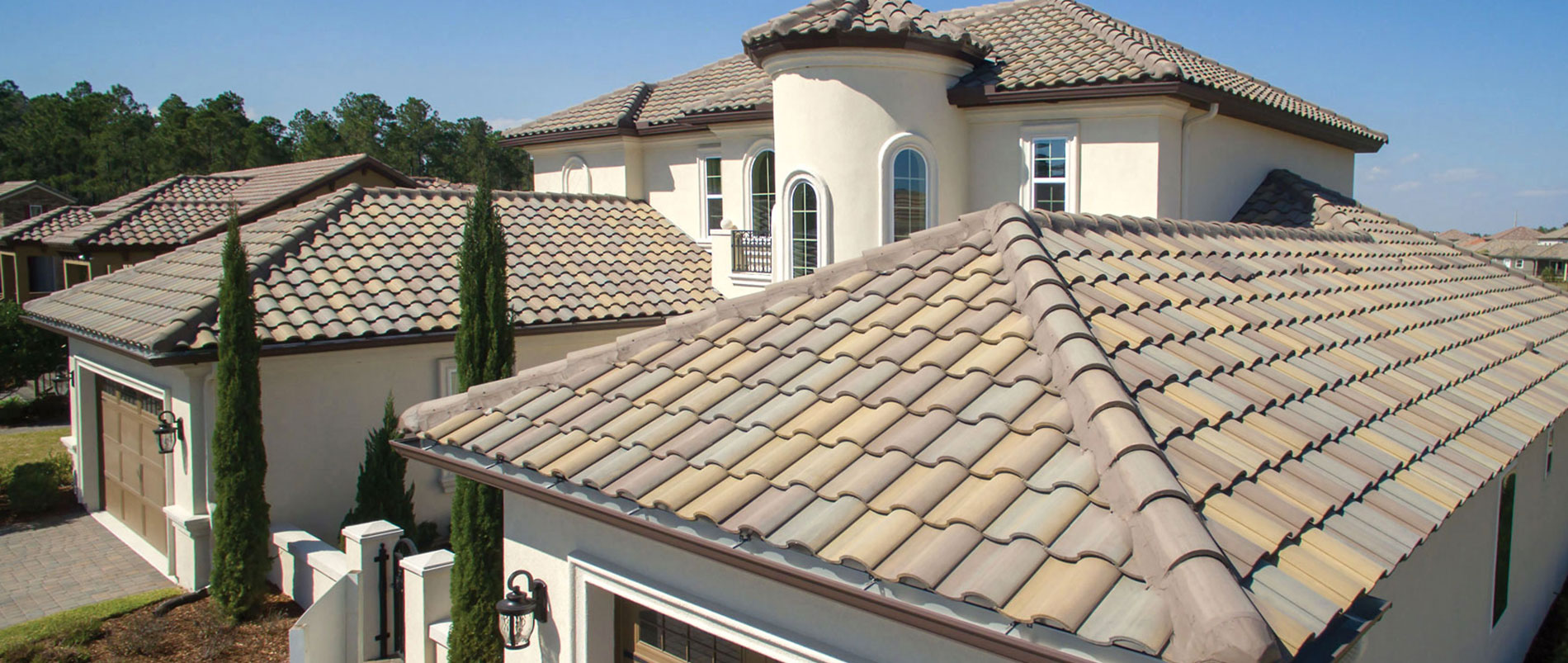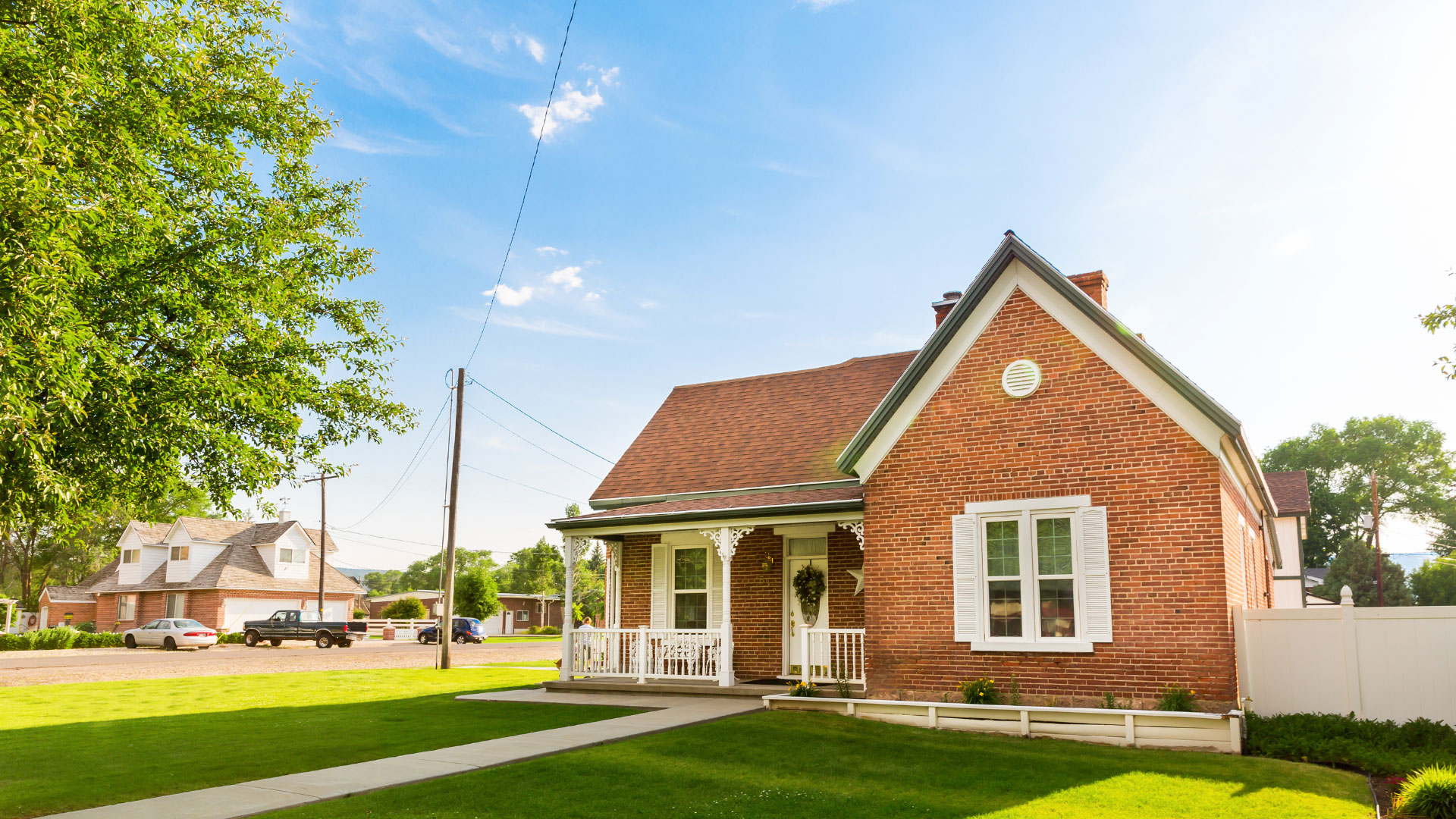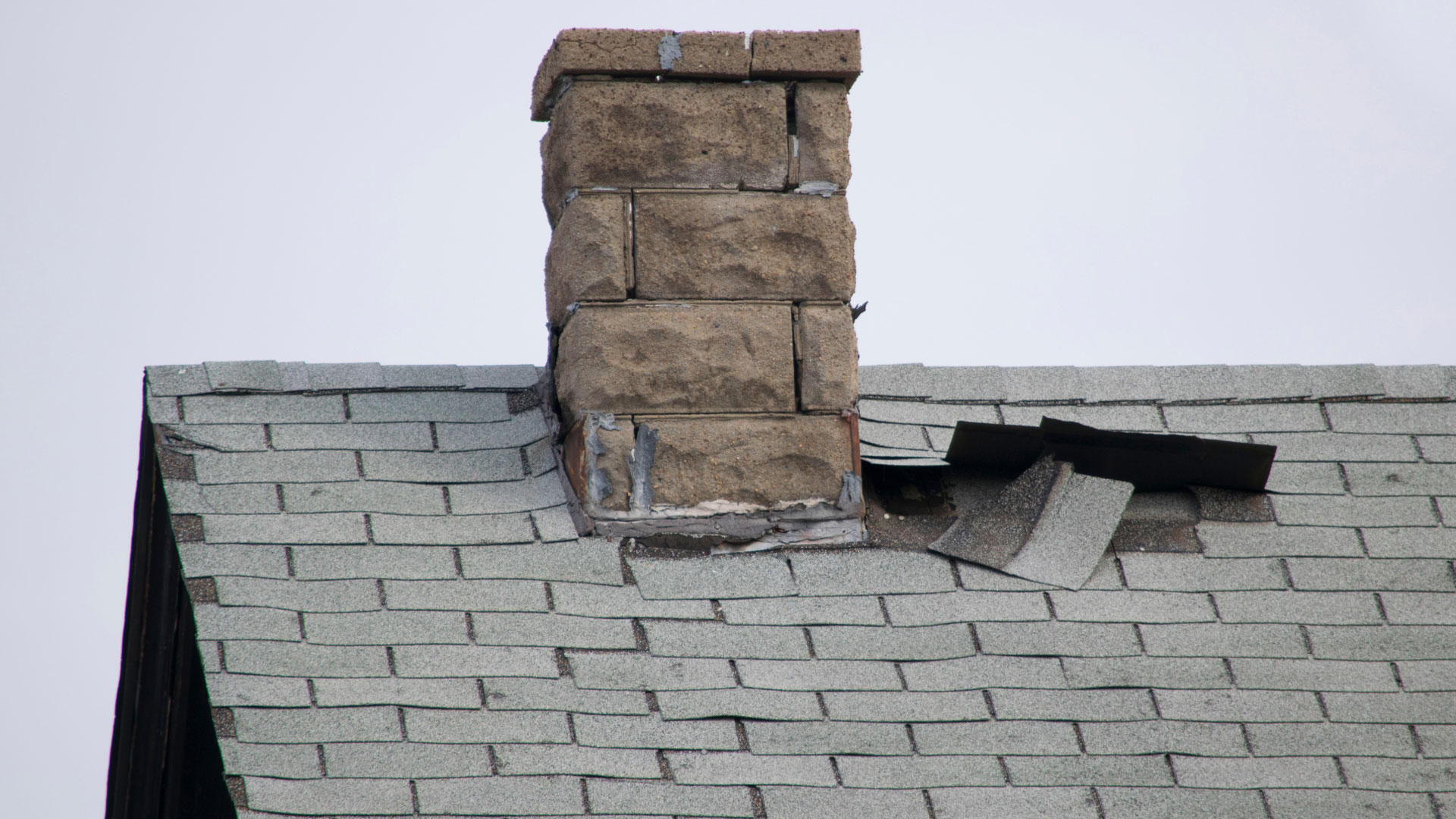Shingles are sturdy, long-lasting, and cost-effective roofing materials. But they can be vulnerable to damage from high winds. If your region frequently experiences tornados or wind storms, then the winds can rip shingles off, loosen them, and shorten your roof’s lifespan. Learn more about shingle wind ratings, how to identify signs of wind damage on your home’s roof, and how to make sure your next roof is more resistant to wind damage.
What Are Wind Ratings?
Because asphalt shingles are used on roofs across the country, they need to be built to withstand a wide variety of weather conditions, from extreme heat to extreme cold, from frequently damp weather to powerful winds. To ensure builders and homeowners have the materials they need, ASTM International established standards guiding the wind resistance of different tiers of shingles.
Under ASTM Standard D3161, shingles are tested for wind resistance along steep slope roofs. Roof shingles fall into these three classes:
- Class A: Can withstand winds of 60 mph
- Class D: Can withstand winds of 90 mph
- Class F: Can withstand winds of 110 mph
Under ASTM Standard D7158, which tests uplift force against sealed shingles, there are three additional classes:
- Class D: Can resist uplift at 90 mph
- Class G: Can resist uplift at 120 mph
- Class H: Can resist uplift at 150 mph
For best results, ensure that your builder or roofer uses asphalt shingles that are Class F (ASTM D3161) and Class H (ASTM D7158). Three-tab shingles, which can typically withstand 60-70 mph wind speeds, may not be durable enough for your home’s protection.
Factors Impacting Wind Ratings
Those shingle wind ratings, however, are when the products are used properly and in the right conditions. Keep in mind that other factors can impact the real wind resistance of your shingles.
Your roofer
A non-certified roofer may not install your shingles properly. This will decrease their wind resistance. It may also invalidate any warranty the manufacturer provides, as many manufacturers require installation from a certified professional.
Your home’s location
If your home is on a hill or in a region with frequent tornadoes or tropical storms, these adverse conditions can damage your shingles by loosening the seal or ripping individual shingles free.
Your roof’s previous damages
Water damage and past wind damage will impact your roof’s longevity. Patching holes in your roof or simply adding new shingles to damaged areas will be a short-term fix.
Wind Damage Signs
When you’re worried about wind damage to your roof, get to the bottom of it before water damage or pests move in. Look for these things that can indicate roof damage:
- Branches or other heavy debris on your roof: This often means strong winds, and the branches may have done damage.
- Shingle damage: If you can see ripped shingles or gaps in the shingles, your roof is no longer leak-proof
- Leaking inside your home: Look inside the attic for signs of moisture, rain, and developing water damage, and check for patches of sunlight from holes.
Make Your Roof Wind-Resistant
All roofs can be damaged by strong winds and bad weather. Partner with our roofing team to make sure your roof has the right shingles and repair or installation services to be reliably wind-resistant.






